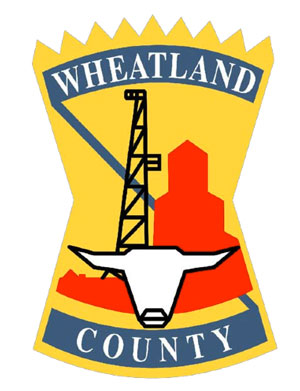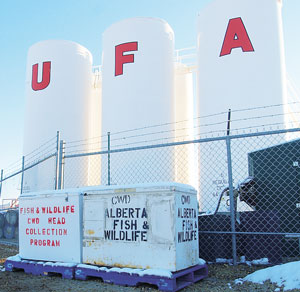Wheatland County and its partners, Gleichen, Hussar, Rockyford, and Standard, continue to push for regional water throughout the eastern portion of the county. The wait may take longer than originally hoped. 
Wheatland Regional Water committee members Glenn Koester, Brenda Knight, and Ken Sauve and Wheatland infrastructure manager David Churchill recently travelled to Edmonton to speak with Minister of Transportation Ric McIver.
In short, grant funding from the province may take over two years.
“When we talked, it was refreshing to have him look at it from a business-like approach, rather than a political one. He went through and showed if they funded our project, where that money would be cut from,” said Glenn Koester, who chairs the regional water committee. “He said the budget in his department was cut so much to pay for everything they had already started. We’re hoping for a bump in their budget.”
For now, the committee is taking another look at its long-term strategy. The regional water partnership is investigating procuring water from Calgary, Drumheller, Aqua 7, or building their own water plant.
“We’ve been working on our regional water strategy since then, so if we do move forward, it’ll be the best approach,” said Koester.
Regional water has been in the works in Wheatland County for roughly six years. The plan would have water pipelines from Gleichen north to Standard, Rockyford, and Rosebud, then east to Hussar. Farmers along the line could hook up as well for domestic water.
The regional water committee will continue to look at its options, then lobby for funding.
“Once we get these numbers crunched, we’ll know which way we’ll go and start lobbying for funding,” said Koester. “He (McIver) agreed our project was worthwhile, but they’re looking for funds.”

.jpg)



























